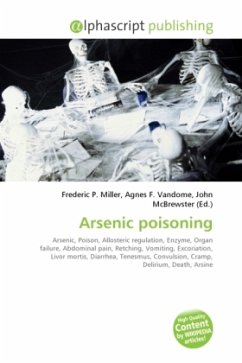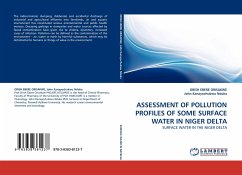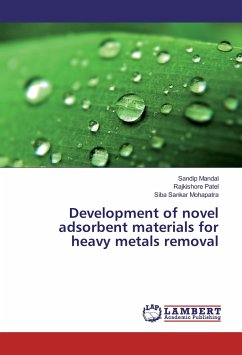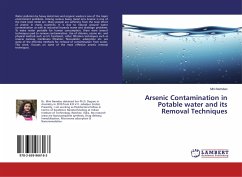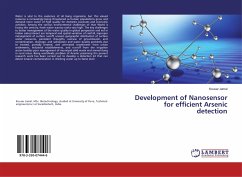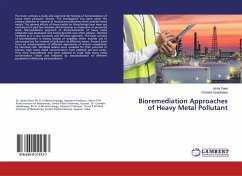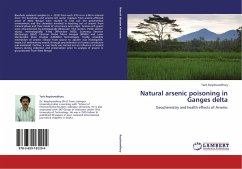
Natural arsenic poisoning in Ganges delta
Geochemistry and health effects of Arsenic
Versandkostenfrei!
Versandfertig in 6-10 Tagen
52,99 €
inkl. MwSt.

PAYBACK Punkte
26 °P sammeln!
Borehole sediment samples (n = 2235) from each 3.03 m or 6.06 m interval from 112 boreholes and arsenic-rich water residues from arsenic-affected areas of West Bengal were studied to find out the geochemical environment and the chemistry involved in leaching out of arsenic from mineral phase and their mode of occurrence and origin. Arsenic-rich grains were characterized by petrologically (Binocular, Thin section, Polish section study), mineralogically, X-Ray Diffraction (XRD), Scanning Electron Microscopy (SEM), Electron Probe Micro Analysis (EPMA) and Laser Microprobe Mass Analysis (LAMMA) te...
Borehole sediment samples (n = 2235) from each 3.03 m or 6.06 m interval from 112 boreholes and arsenic-rich water residues from arsenic-affected areas of West Bengal were studied to find out the geochemical environment and the chemistry involved in leaching out of arsenic from mineral phase and their mode of occurrence and origin. Arsenic-rich grains were characterized by petrologically (Binocular, Thin section, Polish section study), mineralogically, X-Ray Diffraction (XRD), Scanning Electron Microscopy (SEM), Electron Probe Micro Analysis (EPMA) and Laser Microprobe Mass Analysis (LAMMA) technologies. Finally, probable mechanism of arsenic release from source to aquifer was investigated. Impact of sedimentary arsenic through groundwater on human continuum was examined. Further, a case study was carried out on influence of several factors during collection and preservation prior to analysis of arsenic in groundwater from West Bengal



